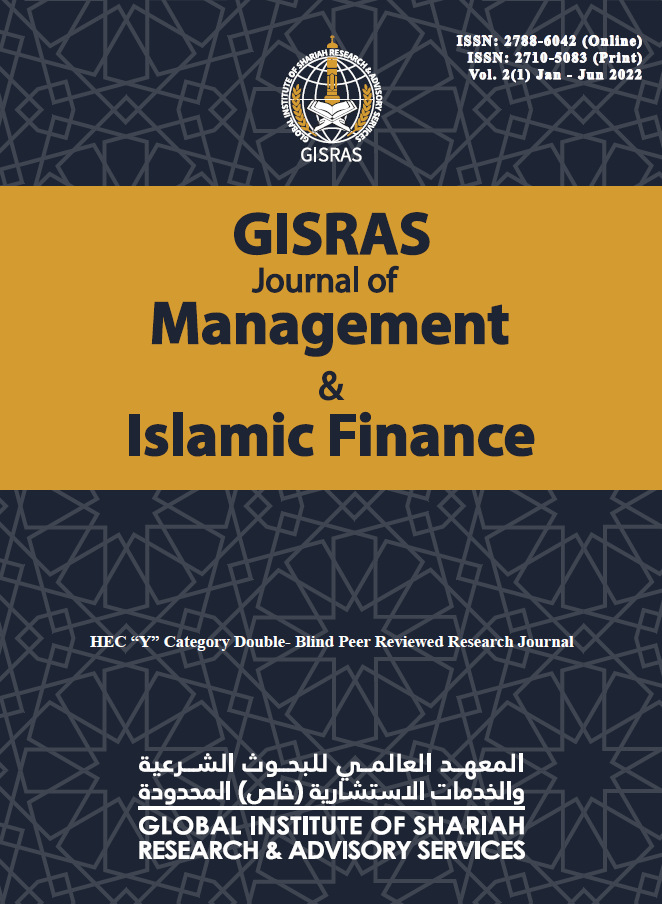Establishing Islamic Banking in a Dual Financial System : Adverse Effects & Convergent Setbacks
Keywords:
Islamic banking, convergence, funding, deposits, regulation, investment accountAbstract
Establishing Islamic banking in a dual-financial system has shown persistent tensions between theory and practice. While convergence of theory and practice is lacking, convergence of Islamic into conventional banking operations is underway. This paper examines some of the factors affecting the latter. Islamic banks may have been mistakenly established as deposit taking banks to take on the challenge of riba as high capital requirement has frustrate efforts to utilize al-bay based real sector contracts. It is also deeply engulfed in the fiat money and fractional reserve banking system that supports fragility and financial instability. As a commercial bank, Islamic banking profitability objectives fall short to promote financial inclusion which are left to the development banks to embark on. The highly leverage deposit taking model calls for tighter control by regulators has made real sector contracts less viable. The way out has been the use of debt financing with riba-like consequences that are likely to trigger Shariah non-compliance risk events. This has led many Islamic finance stakeholders in the academia to turn their attention to new fields such as Islamic social finance, Islamic economics and lately sustainable finance. The remedy is to remodelled Islamic banking funding system where deposits are mainly utilized for transactional purposes while investment account funds for asset and project financing. This will reduce fragility as no debts are created from investment account funds. It will make real sector contract viable as banks under the investment account system are not required to hold high capital against the risky assets.





